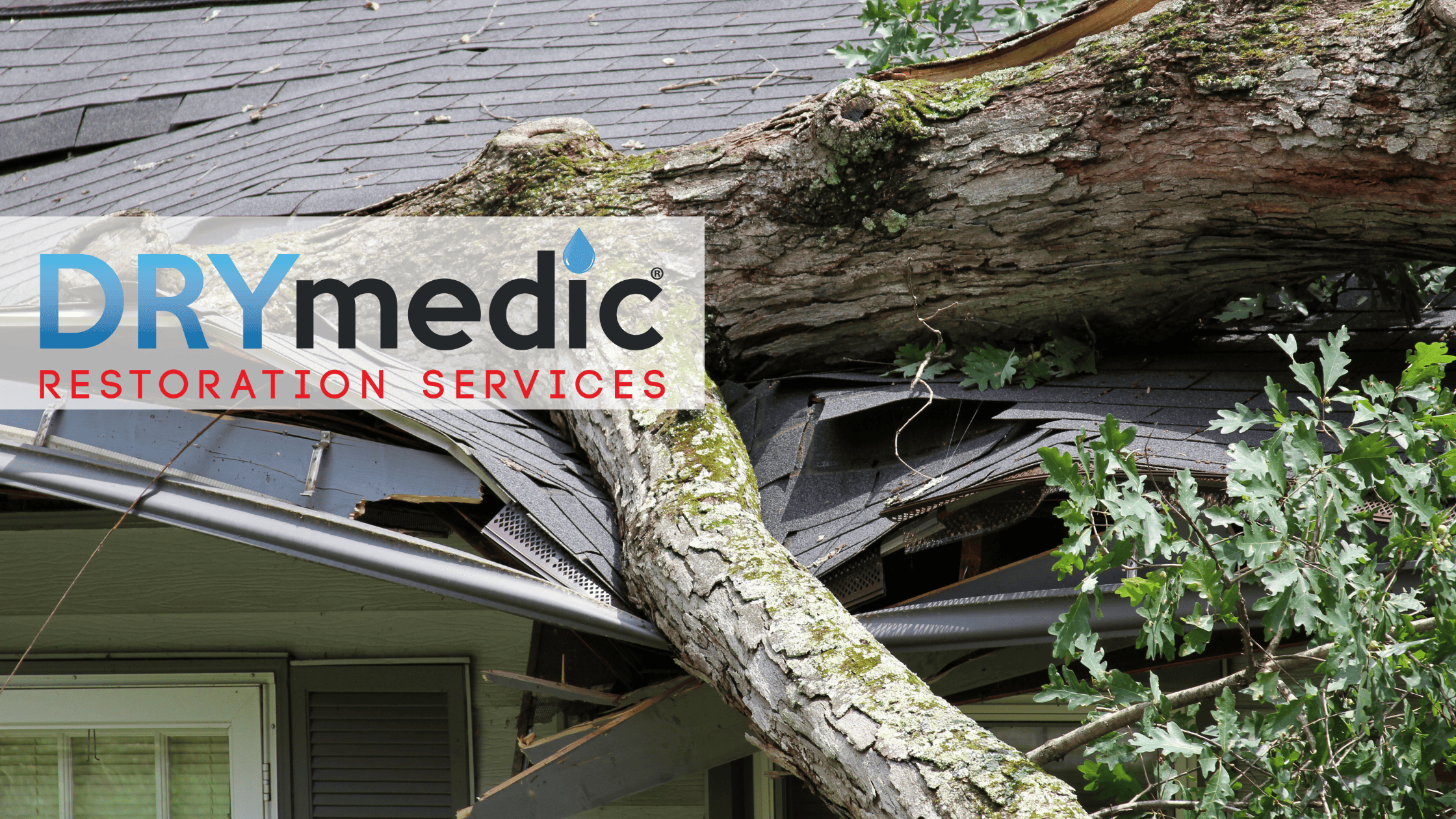Emergency Preparedness: Handling Storm Damage in Oregon
October 18, 2024

Oregon is no stranger to stormy weather, especially during the fall and winter months. High winds, heavy rains, and saturated ground conditions often lead to significant property damage, particularly due to falling trees. In this region, shallow-rooted trees are prone to collapse during windstorms, which can result in extensive damage to homes, roofs, and even water intrusion.
Types of Storm Damage
-
Falling Trees and Branches
- One of the most common storm-related issues in Oregon is falling trees. High winds combined with wet, soft ground often cause shallow-rooted trees to uproot, sometimes crashing into homes or cars.
- This can lead to roof damage, broken windows, and structural harm. Additionally, fallen trees can block roads and driveways, complicating cleanup efforts.
-
Roof Damage
- Windstorms can tear off shingles, damage flashing, or even dislodge parts of your roof entirely. When trees or large branches fall on a home, they can puncture the roof or cause major structural issues.
- Roof damage often leads to water leaks, which can escalate quickly if not addressed, leading to costly water damage inside the home.
-
Water Intrusion
- Heavy rainfall is a consistent issue in Oregon storms. Prolonged exposure to rain can saturate the soil around homes, leading to water intrusion through basements, foundations, or crawl spaces.
- Inadequate drainage systems, clogged gutters, or broken windows can allow water to infiltrate the house, causing flooding, mold growth, and weakened structural components.
-
Foundation and Basement Issues
- Saturated ground conditions can also lead to foundation cracks and water seeping into basements. This type of damage can weaken a home’s structural integrity, requiring immediate attention to prevent further complications.
-
Electrical Hazards
- Storm damage can also create electrical hazards, especially if trees or debris take down power lines or damage your home's wiring. Be cautious of exposed electrical lines and avoid any areas where water may be in contact with electrical systems.
How to Be Prepared
Preparation is key to minimizing the potential damage from windstorms and heavy rain. Here are some essential tips:
- Tree Maintenance: Regularly inspect and trim trees around your property to prevent them from becoming hazards during storms. Trees near your roof or windows are especially risky.
- Roof and Gutter Checks: Ensure that your roof is in good condition and that gutters are clear of debris so water can drain properly.
- Waterproofing: Consider waterproofing basements and sealing cracks in foundations to prevent water intrusion.
- Home Inspection: Before the storm season, inspect your home for any vulnerabilities, such as loose siding, weak roof shingles, or faulty drainage systems.
What to Do After a Storm
Once the storm has passed, it’s important to assess the damage safely. Here are a few steps to follow:
- Inspect Roofs and Trees: Check for any visible signs of damage to your roof, and look for fallen trees or branches around your property.
- Check for Water Damage: Look for leaks, standing water, or damp spots in your attic, basement, or near windows.
- Avoid Electrical Risks: If there are downed power lines or exposed wiring, stay clear and contact the utility company immediately.
- Document the Damage: Take photos and videos of any damage for insurance purposes, and make temporary repairs to prevent further issues, like covering roof leaks with a tarp.
DRYmedic Restoration Is Here 24/7
When storm damage strikes, DRYmedic Restoration is available 24/7 to provide emergency services at (503) 451-5425. Whether it's securing your property, mitigating water damage, or addressing roof repairs, our team will respond as quickly as possible, rain or shine, to help restore your home to safety.